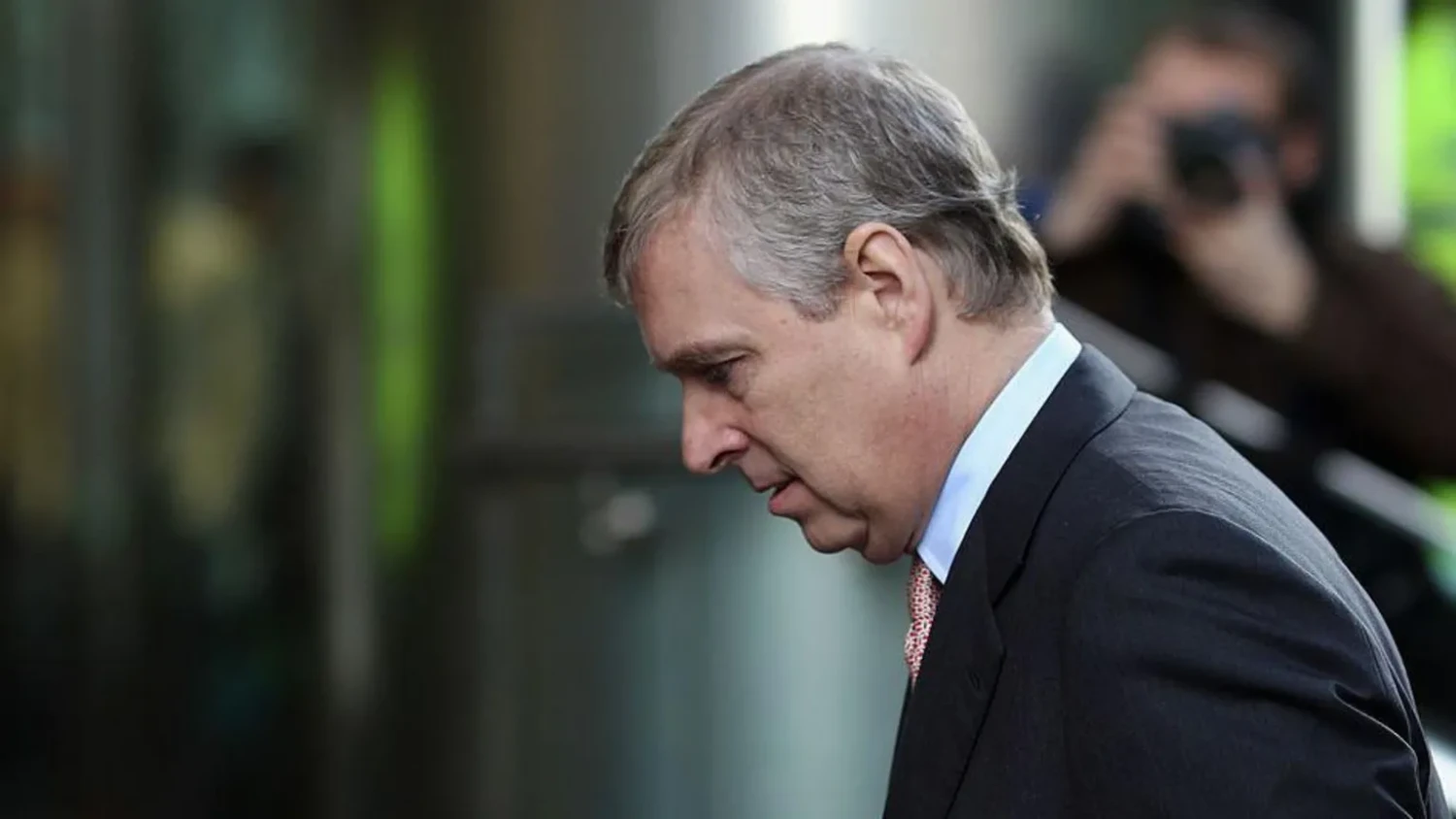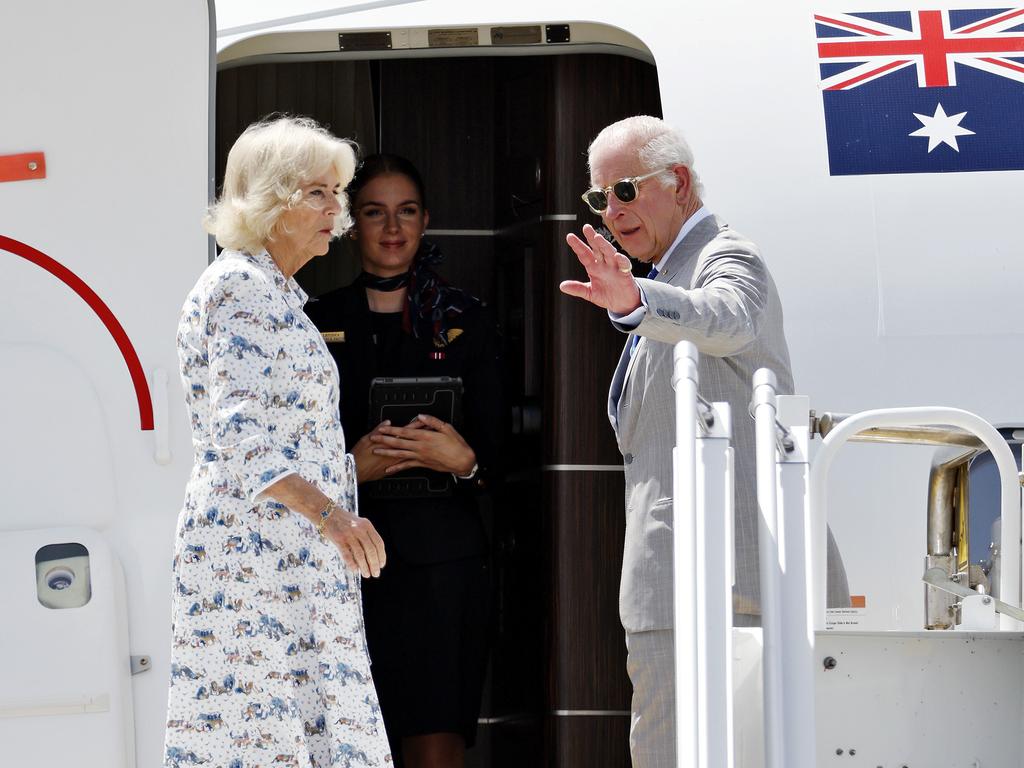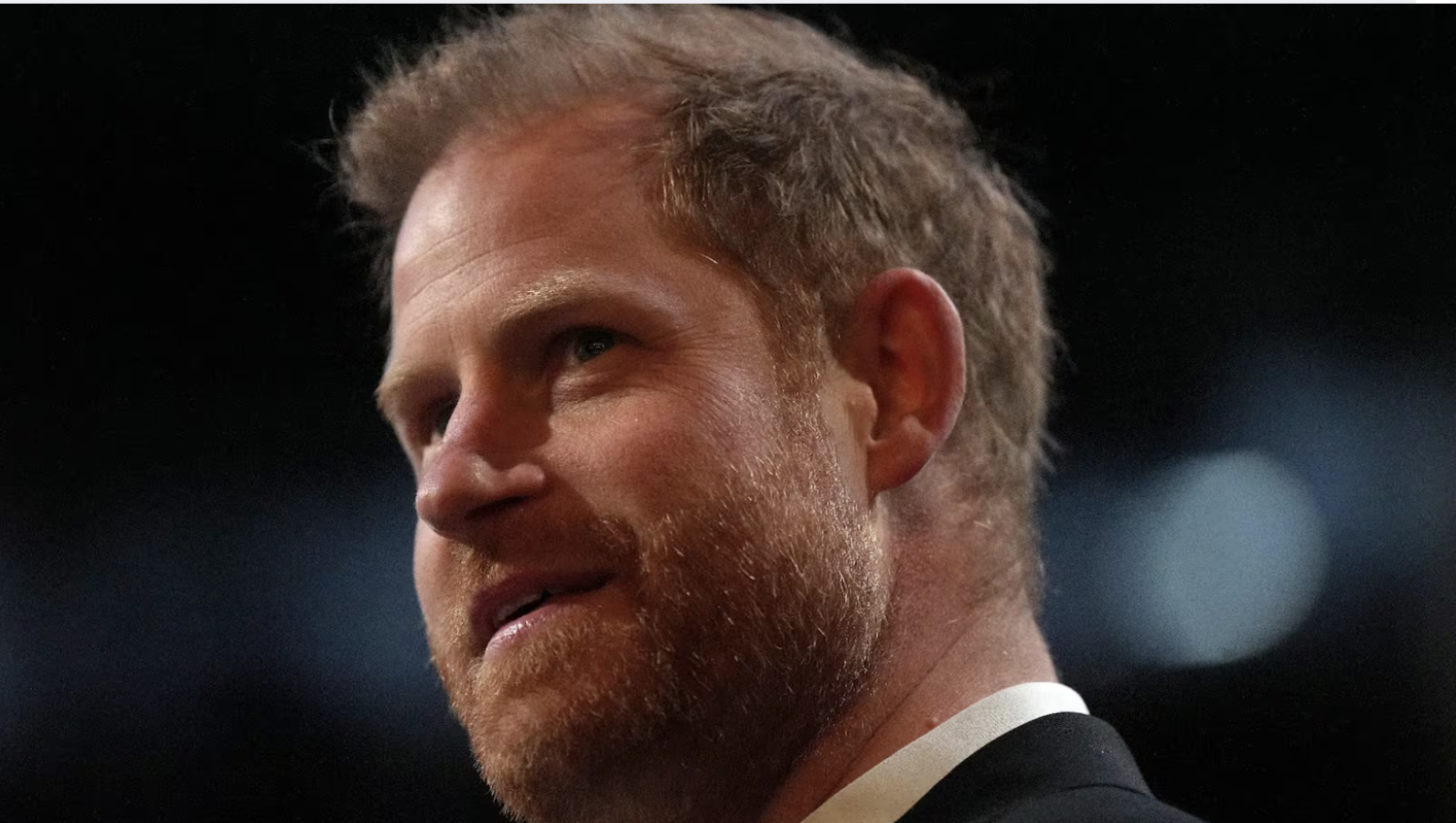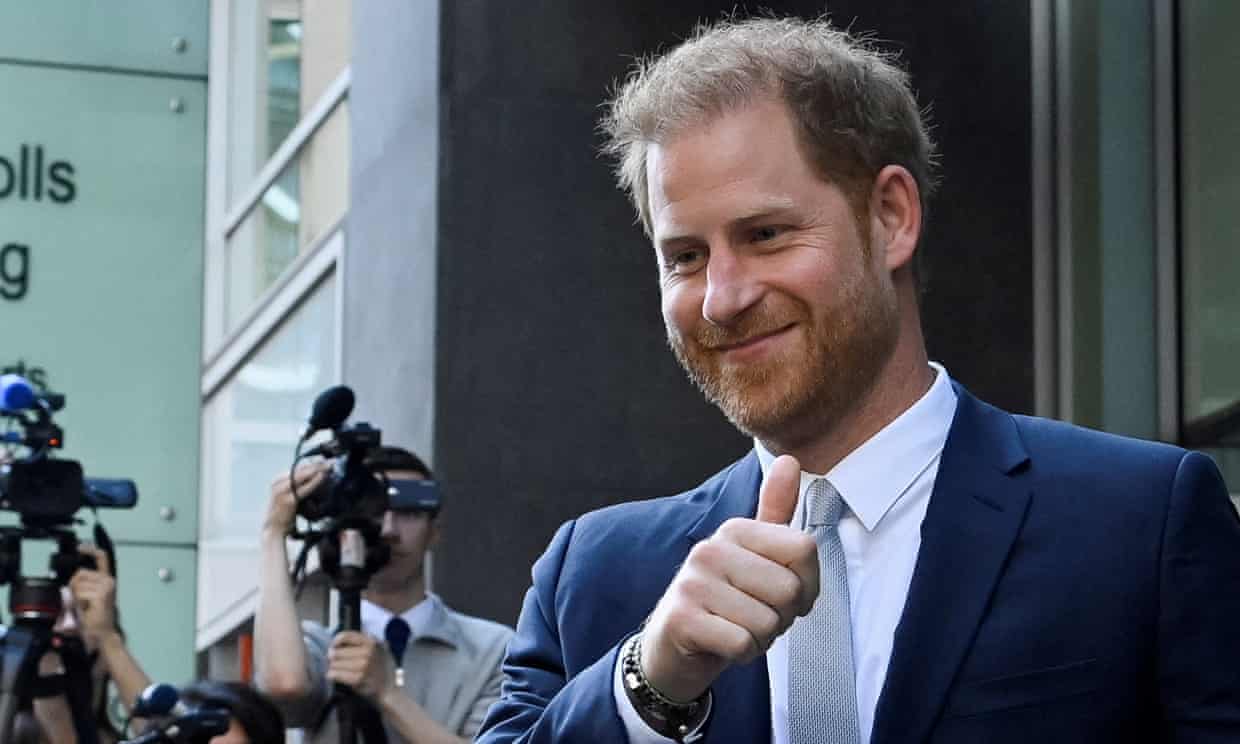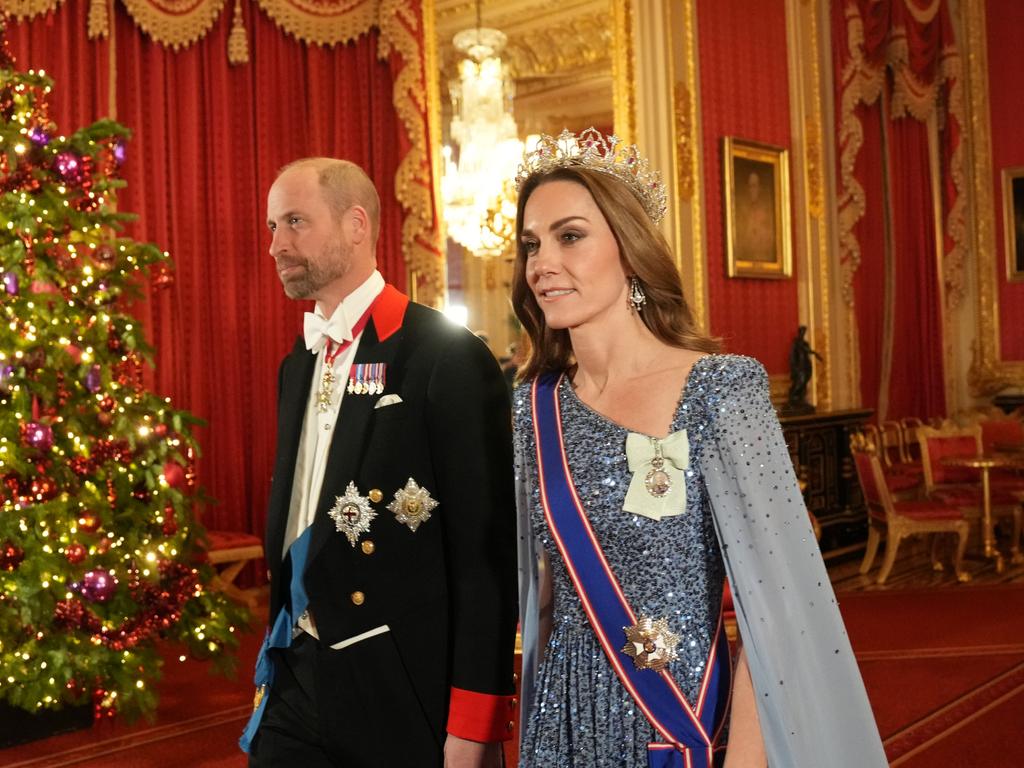
This article is more than
3 year oldThe Reign of Queen Elizabeth II Has Ended
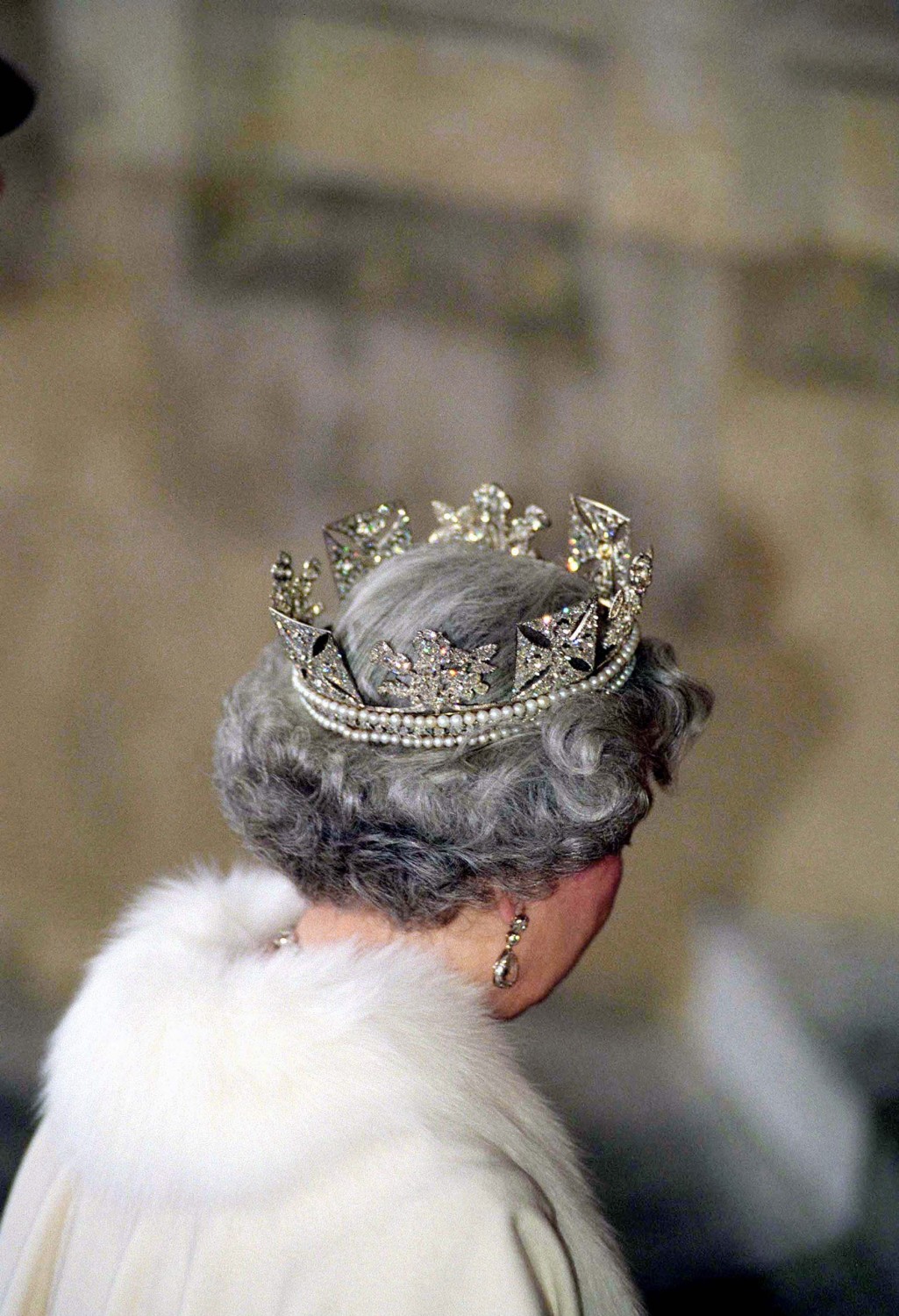
Queen Elizabeth II, who died on Thursday, at Balmoral Castle, in Scotland, at the age of ninety-six, became monarch in the early hours of February 6, 1952—although, famously, she remained unaware of her transmutation for several hours. King George VI died in his sleep at the Sandringham estate, in Norfolk, as Elizabeth, his eldest daughter, was more than four thousand miles away, on a safari holiday in Kenya. “She became Queen while in a perch in a tree in Africa, watching the rhinoceros come down to the pool to drink,” Harold Nicolson, the diplomat and politician, wrote in his diary. A member of the royal party later recollected an auspicious occurrence: around sunrise, an eagle had soared over Elizabeth’s head at roughly the moment when the King died.
A modern monarchy—an oxymoron, if ever there was one—does not depend for its authority on the memorializing of such mystical moments. But they help. The institution of hereditary kingship is irrational and impractical, sustained in the present era only through a willful combination of public pageantry and concealed mystery. Sixteen months after the King’s death, millions watched Elizabeth’s coronation, thanks to cameras set up in Westminster Abbey. But off limits to viewers was the arcane ritual of the anointing of the monarch—when the Queen, seated beneath a canopy of golden cloth held aloft by four enrobed Knights of the Garter, was daubed on her hands, forehead, and chest with holy oil borne in a twelfth-century gold-and-silver spoon. Just as the breath of kingship passed invisibly into her with her father’s passing, the perquisites and responsibilities of majesty were bestowed on her in that secret ceremony beneath the cloth of gold.
Striking a balance between publicity and mystery was a defining characteristic of Elizabeth’s reign, and it was the key to her success in maintaining the stability of the monarchy. The balance has never been equally distributed. Elizabeth invariably erred on the side of reserve rather than disclosure. Characteristically conservative, she was initially opposed to the televising of her coronation, a position that Downing Street supported, noting in a memo that, were a live broadcast to take place, “any mistakes, unintentional incidents or undignified behaviour by spectators would be seen by millions of people.”
The decision was reversed only because of public pressure, and in this instance the overruling of the Queen turned out to benefit her and the institution of the monarchy. The sight of the youthful sovereign soberly entering what was to be seven decades of service helped inspire what became a mostly enduring personal respect and affection for her among the populace she nominally headed. Even Britain’s hardest-headed republicans have generally refrained from openly dissing Her Majesty, at least after she entered the decades of her extreme seniority. In 2019, when Jeremy Corbyn, the left-wing former leader of the Labour Party and an avowed anti-monarchist, made his failed bid to become Prime Minister, he merely ventured that the monarchy needed “improvement.” His opponent, Boris Johnson, declared that the Queen was “beyond reproach,” a position widely uncontested in the nation. Elizabeth led a life made up of privilege and sacrifice, and even those who resented the former acknowledged the latter.
Like all very old people, the Queen grew shorter as she aged: when she appeared on the balcony of Buckingham Palace during her Platinum Jubilee celebrations, in June, 2022, she was shorter by a head than her heir, Charles, even in her hat and her court shoes. “As you can see, I can’t move,” she informed visiting officials to Windsor Castle in February, 2022, shuffling slightly on her feet, cane in hand, game as usual for the social interactions that her role demanded. The Queen small-talked on a vast scale.
But her persona became only more towering as her personage dwindled. By instinct, constitution, and training, the Queen knew that what was demanded of her was an almost superhuman splitting of self. She was the hereditary ornament of the nation—as impractical as the Crown Jewels, with which her coronation had been celebrated. At the same time, her modus operandi was founded on a principle not of display but of concealment. For her own self-preservation, and for the preservation of the institution that she embodied and led, it was often wise to withdraw behind a gilded curtain.
She was not born to be queen. When she arrived in the world—on April 21, 1926, at 17 Bruton Street, the London home of the Earl and Countess of Strathmore, her maternal grandparents—she was third in line to the throne. Precedence went to her uncle, Edward, the Prince of Wales. Upon the death of her paternal grandfather, George V, in January, 1936, Edward became king, but he abdicated before the year was out, having provoked a constitutional crisis with his proposal to remain monarch while also marrying Wallis Simpson, a twice-divorced American socialite. On May 12, 1937, the date that had originally been planned for Edward’s coronation, it was George V’s second son, Bertie, now formally known as George VI, who went to Westminster Abbey to be crowned and anointed. After her father’s coronation, the eleven-year-old Elizabeth wrote a six-page account of the day’s events, neatly completed in pencil and dedicated “To Mummy and Papa In Memory of Their Coronation From Lilibet by Herself.” In it, she recounted her excitement at being woken at 5 a.m. by a band of the Royal Marines playing outside her window at Buckingham Palace, and she commented on how beautiful her parents looked in their ceremonial robes. “I thought it all very, very wonderful and I expect the Abbey did, too,” she wrote, betraying a winning imaginative capacity for which there would be little call later in her own regal incarnation. “The arches and beams at the top were covered with a sort of haze of wonder as Papa was crowned, at least I thought so.”
Duty, rather than whimsy, would rule the Queen, who was crowned with the formidable formal title of “Elizabeth II, by the Grace of God of the United Kingdom of Great Britain and Northern Ireland and of Her other Realms and Territories Queen, Head of the Commonwealth, Defender of the Faith.” Her education insured, either by accident or by design, that she was uncommonly well qualified to be a figurehead. She never went to school nor to university: tutors trained her in constitutional law, history, and what is said to be quite proficient French, but she never sat for a high-stakes exam. Positioned at the apex of society, her sphere was narrow. In her teens, she mixed with the offspring of earls and dukes. In her early twenties, she was invited to a costume party at the American Embassy, and she went dressed as an Edwardian parlormaid—her choice of outfit signalling, perhaps, the one other social stratum beyond the aristocracy with which she was intimately familiar.
She was not equipped with the blustering confidence cultivated within the halls of Britain’s élite educational establishments, a trait that she had ample opportunity to assess in meetings with Prime Ministers—a total of fifteen during her reign. In the Queen’s final public engagement, on September 6th, she appointed to office the U.K.’s new Prime Minister, Liz Truss. A number of these politicians found themselves perplexed by the arcane protocols of the role, including the ritual of “kissing hands,” during which the Queen grants authority to a new Prime Minister. (Tony Blair, in his memoir, wrote of being informed by an official in a palace anteroom that he was not actually supposed to kiss the monarch’s hand but, rather, to brush it with his lips: “I confess that floored me. What on earth did he mean? Brush them as in a pair of shoes, or touch them lightly?”) The Queen, having not been reared to put herself forward, was well adapted to putting her country first. In her first Christmas broadcast to the nation, in December, 1952, she spoke of dedicating herself to the service of her subjects, whom she asked to pray that God grant her wisdom and strength, so “that I may faithfully serve Him, and you, all the days of my life.” As Ben Pimlott, one of the Queen’s more subtle biographers, has written, “the impact of such clichéd phrases came from the disturbing sense that she meant them.”
During the long course of the second Elizabethan era, the Queen’s realms underwent dramatic transformation, with former imperial territories becoming independent countries, and with the expansion of the Commonwealth as a voluntary association of affiliated nations, some of them retaining the British monarch as sovereign, but many others declining to do so. Recently, Barbados, which became independent in 1966, declared itself a republic and removed the Queen as the head of state; Prince Charles, both the heir to the British throne and the former heir to the Barbadian one, attended the ceremony, acknowledging with unprecedented royal clarity “the darkest days of our past, and the appalling atrocity of slavery, which forever stains our history.”
VIDEO FROM THE NEW YORKER
Drummies: Capturing the Power of Girlhood
At home, the Queen’s oft-vaunted constitutional value—as a head of state who is mercifully above politics—required of her the ceaseless performance of power without actual potency. In her decades of delivering the Queen’s Speech, at the State Opening of Parliament, Elizabeth was required to recite whatever campaign promises the government had made in whatever focus-group-curated language it had made them; thus, in 2021, there was the linguistic spectacle of the monarch promising that “my Government will level up opportunities across all parts of the United Kingdom.” (In 2022, the speech was delivered on the Queen’s behalf by Prince Charles.) Alan Clark, the former Conservative Cabinet minister and an incomparable political diarist, wrote of being initiated ceremonially into the Queen’s Privy Council, as all Cabinet ministers are, and observing that “the Queen got up from her chair and moved over, regally, to initiate a painfully, grotesquely, banal conversation.” Clark went on, “Not for the first time I wondered about the Queen. Is she really rather dull and stupid? Or is she thinking, ‘How do people as dull and stupid as this ever get to be Ministers?’ ”
The usefulness of a nonpolitical national figurehead was never more evident than in the Queen’s final decade, when the deficits of the alternative, electoral model were vividly on display across the Atlantic. When President Donald Trump visited the United Kingdom in 2018, and was captured on video walking ahead of the Queen while inspecting the honor guard at Windsor Castle, his flouting of royal protocol—one should never step in front of the monarch, experts explained afterward—was less offensive than the common boorishness of his gesture. Who on earth cuts in front of a nonagenarian? In private, the Queen is said to have had a withering sense of humor and an impish sense of mockery, but such remarks rarely surface; an apparent exception came when the Prime Minister of Australia, Scott Morrison, visited Buckingham Palace around the time of a different Trump visit. The Queen reportedly showed him the patch of ground that had been churned up by the American President’s helicopter, saying, “Look at my lawn. It’s ruined.” (The lament was quickly denied by Morrison’s office.) John Major, the Queen’s ninth Prime Minister, observed that, when a contemporary political figure was mentioned, the Queen would remark that she had known his father, “and a vivid character sketch would follow.” Among confidantes, she was not as resolutely stiff as she was required to be out in the world, where she outsourced all her flamboyance to her signature single-color sartorial style: fantastically bright outfits in pink or blue or yellow. But in public—unlike Trump, and so many others on the world stage—from the moment she rose, crowned, from the fourteenth-century Coronation Chair, she rarely put a foot wrong.
If in 1953 the Queen’s coronation took place without the feared “mistakes, unintentional incidents or undignified behaviour,” such a performance of impeccability could not be perpetually maintained. Real life, even when conducted within palaces, has a way of deviating from the most carefully planned choreographies. In retrospect, it may be concluded that one of the Queen’s most consequential missteps was sanctioning the marriage of Charles, the future king, to Lady Diana Spencer—a match that seems to have been, to put it mildly, a source of intense unhappiness to both. After the Princess of Wales’s shocking early morning demise, following a crash on a subterranean Parisian roadway in August, 1997, the Queen, who had been on her annual summer vacation at Balmoral Castle, chose to remain there, rather than return to London. The decision was widely decried as heartless by both the media and by the general public. “Show Us You Care,” demanded one tabloid, the Express, with an uncharacteristic absence of deference. (Later reporting suggested that the Queen had sought to insulate her grieving grandsons, who were with her in Scotland, from exposure to the press.) The sentiment expressed was a long way from “Off with their heads,” but Diana’s death marked a low ebb of the Queen’s popularity. It was a rare moment when her subjects asserted their own expectations of how a Queen should behave, rather than mutely accepting the behavior of the monarch as a given.
Arguments against the institution of monarchy have typically been founded on republican convictions that one king in particular, or kings in general, are guilty of an abuse of privilege. (In 1649, Charles I was ousted by Parliamentarians who objected to his autocratic rule, including to his imposition of what was thought to be egregious taxation and his waging of foreign wars; he was tried for treason and beheaded.) A case can certainly be made that the Queen enjoyed excessive privilege, with no fewer than six properties across the United Kingdom, ranging from palace to castle to country estate, and a net worth estimated to be six hundred million dollars. Her favorite escape was to Balmoral Castle, which is privately owned by the Royal Family rather than being part of the Crown Estate. There, guests visiting on a Sunday morning would be treated to the strains of a bagpiper as he played beneath the Queen’s bedroom window; they might also enjoy a post-shooting picnic dinner served from a customized mobile kitchen, where Her Majesty herself would set the table and put on rubber gloves to clean up afterward. Not until the early nineties, under public pressure, did the Queen voluntarily agree to pay, like her subjects, income tax and capital-gains tax. In 1993, the Royal Family found a fresh revenue stream by opening the state rooms of Buckingham Palace to ticket-buying members of the public. One no longer needed to receive an honor from the Queen in order to tread the plush carpets.
Every family has a black sheep, the Queen once remarked to the then businessman George W. Bush, during his father’s Presidency, when it seemed that the title might fall to him. In the Queen’s own family, her second son, Andrew, offered in his middle years a case study in the distasteful enjoyment of unearned opportunity. In 2019, his association with the convicted sex offender Jeffrey Epstein led to his removal from public duties on behalf of the crown. Yet despite Andrew’s unedifying example, the more potent case against the monarchy in recent years might not be on account of the unfair material advantages that being royal bestows. It might be, rather, that the monarchy’s ongoing existence constitutes no less than an abuse of the human rights of its members, who have no say in being assigned their roles, and who have, increasingly, been subject to a scrutiny both unprecedentedly intense and relentless.
The interdependence of the institution of the monarchy with another, less hallowed, institution, the press, has morphed in the age of social media to the point that royals are expected simultaneously to be fascinating, consumable celebrities and aloof moral avatars—an impossible straddle. This, at least, is the argument conveyed by the actions of Prince Harry, the Queen’s grandson, whose quasi-abdication from the institution, in 2020, raised a question larger than the gossipy speculation about how a damaged scion of Windsor would remake himself in California, the land of reinvention. What kind of society demands that an individual, by accident of birth, be expected to be both an inviolable symbol and also a living, suffering, mistake-making person? How rare and unlikely is the individual who can bear such a weight? How can we possibly continue to ask it of them?
As it was for her father, George VI, and as it will presumably be for her son, the climax of the Queen’s coronation, in 1953, was the moment when she finally bore on her head the formidable burden of St. Edward’s Crown. Named for Edward the Confessor, an eleventh-century Anglo-Saxon monarch, it consists of nearly five neck-bending pounds of solid gold, encrusted with gems and upholstered with purple velvet and ermine. It was manufactured in 1661, for the coronation of Charles II, when the monarchy was restored after Britain’s brush with being a republic.
Having outlived everyone who officiated at her coronation, the Queen herself became an institution, quite apart from the institution that she headed. She will be mourned even by those who think of themselves as having little time for the monarchy, simply because she has always been there: her stature hymned in the national anthem, her face thumbed on every coin in every British pocket.
She was infinitely familiar, and yet in so many ways unknown. Her manner of speaking was indelible, her accent one of such rarified antiquity that it surely dies with her. But for such a prominent public personage she leaves behind remarkably few memorable words, so careful was she with avoiding the off-the-cuff remark, and so sparing was she with her public voice. Apart from her regular Christmas greeting, broadcast on television in the post-turkey hours every December 25th, she addressed the nation in her own words only handful of times during her reign, usually at a moment of crisis or sorrow or, every so often, of celebration: on the occasion of the first Gulf War, in 1991; after the death of Princess Diana, in 1997; upon the death of her own mother, in 2002; on the occasion of her Diamond Jubilee, in 2012. She spoke so seldom that even people who didn’t care what the Queen said cared what the Queen said.
In the early weeks of the coronavirus lockdown in 2020, she spoke to the people once more. “We should take comfort that while we may have more still to endure, better days will return,” she said. Her words provided comfort in themselves, because they were delivered with an authority that was derived not from the mystique of monarchy but from experience. She was by then not just a Queen but something more: a very old person who had lived a long time and seen a great deal, who commanded respect by the random chance of fortune but to whom respect was also granted because, having borne the weight of the crown for all those years, she had earned it. ♦
